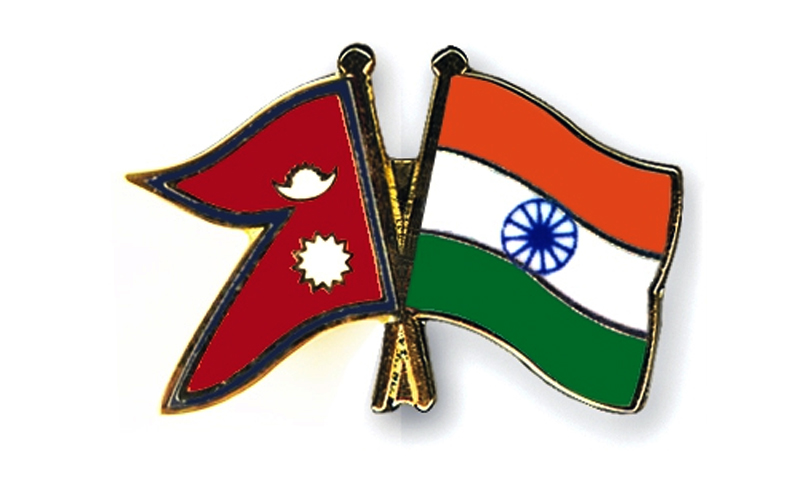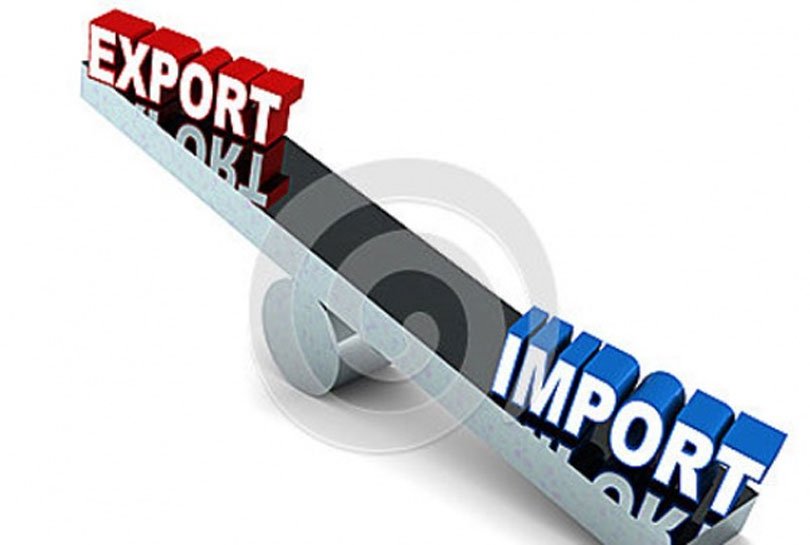
Nepal, being a landlocked country has an important role in the international trade system, especially as a supplier of textiles, garments, and other goods. In recent years, Nepal has faced a number of challenges, including political instability, natural disasters, and economic challenges that blocked Nepal from making progress in international trade. Yet, the country has also made progress in developing its economic infrastructure and increasing its exports.
Understanding Nepal’s trade balance with its major trading partners is important while assessing challenges and opportunities. It can provide insights into the country’s economic health and its position in the global economy. An international trade balance is a difference between a country’s exports and imports. A positive trade balance or surplus indicates that a country is exporting goods worth more than it is importing. Meanwhile, a negative trade balance or deficit, indicates that a country is importing more goods than it is exporting. A trade deficit can be a sign of economic weakness, as it suggests that a country is relying on imports to meet its domestic demand.
The article focuses on Nepal’s trade balance with its major trading partners. Then, it also examines trends and patterns in its exports, imports and trade balance over the past few years. Along with that, it highlights factors that may be influencing Nepal’s trade international balance, focusing on the positives.
Nepal’s partners in international trade

According to data provided by the Nepal Rastra Bank (NRB), Nepal’s major international trade partners include countries in the South Asian Association for Regional Cooperation (SAARC) and some European countries in the Euro Area.
The Euro Area is a monetary union of 19 European Union (EU) countries that have adopted the Euro as their currency. Some of the Euro Area countries that are major trading partners for Nepal include Austria, Belgium, Finland, France, Germany, Greece, Ireland, Italy, Lithuania, Malta, the Netherlands, Portugal, Slovenia, and Spain.
These countries are important trading partners for Nepal due to their strong economies and the demand for Nepali goods in Europe.
Trends so far

Over the past few years, Nepal’s international trade balance has fluctuated. The data provided by the NRB shows that Nepal has had a negative trade balance with many of its major trading partners in all three years. This indicates that Nepal has been importing more goods from these countries than it has been exporting, which can be a sign of economic weakness.
In the fiscal year 2019/20, Nepal had a negative trade balance with India, its largest trading partner, worth $665.2 million. Nepal also had negative trade balances with Afghanistan ($1.5 million), Bangladesh ($4.3 million), Bhutan ($995.5 thousand), Maldives ($22.0 thousand), Pakistan ($3.4 billion), Sri Lanka ($205.3 thousand), and the Euro Area ($209.0 million).
In the fiscal year 2020/21, Nepal’s trade balance with India worsened to a negative $865.2 million. Nepal also had negative trade balances with Afghanistan ($6.9 thousand), Bangladesh ($10.0 million), Bhutan ($567.0 thousand), Maldives ($0.8 thousand), Pakistan ($353.9 thousand), Sri Lanka ($472.5 thousand), and the Euro Area ($149.6 million).
In the fiscal year 2021/22, Nepal’s trade balance with India is projected to worsen further to a negative $1.04 billion. Nepal is also projected to have negative trade balances with Afghanistan ($13.6 thousand), Bangladesh ($10.5 million), Bhutan ($854.0 thousand), Maldives ($20.3 thousand), Pakistan ($487.0 thousand), Sri Lanka ($411.2 thousand), and the Euro Area ($228.3 million).
It is worth noting that Nepal’s overall international trade balance has also been negative over the past few years. In 2019/20, Nepal’s overall trade balance was negative by $665.2 million, while in 2020/21, it was negative by $865.2 million. In 2021/22, Nepal’s overall trade balance is projected to be negative by $1.04 billion.
This indicates that Nepal has been importing more goods from all of its international trade partners, not just those in the SAARC region and the Euro Area.
Factors influencing Nepal’s international trade

There are several factors that may be influencing Nepal’s international trade balance with its major trading partners. Some of these factors include economic conditions in Nepal and its trading partners, changes in global demand for Nepal’s exports, and shifts in Nepal’s economic policies.
One factor that may be impacting Nepal’s balance with its major international trade partners is the economic conditions in these countries. For example, if one of Nepal’s trading partners is experiencing economic growth and increasing its demand for imports, this could lead to an increase in Nepal’s exports to that country. Conversely, if one of Nepal’s trading partners is experiencing an economic downturn or declining demand for imports, this could lead to a decrease in Nepal’s exports to that country.
Another factor that may be influencing Nepal’s trade balance with its major international trade partners is changes in global demand for Nepal’s exports. For example, if there is increased global demand for Nepal’s textiles or garments, this could lead to an increase in Nepal’s exports to its major trading partners. Conversely, if there is decreased global demand for Nepal’s exports, this could lead to a decrease in Nepal’s exports to these countries.
Finally, shifts in Nepal’s economic policies can also influence its international trade with its major trading partners. For example, if Nepal implements policies that make it easier for foreign companies to invest in the country, this could lead to an increase in exports as these companies set up operations in Nepal. On the other hand, if Nepal implements policies that make it more difficult for foreign companies to invest, this could lead to a decrease in exports.
The way ahead
Overall, Nepal’s trade balance with its major trading partners is influenced by a combination of these and other factors. Understanding these factors can help policymakers in Nepal develop strategies to improve the country’s international trade balance and strengthen its economy.
It is important for Nepal to carefully consider these factors and work to address any underlying issues that may be contributing to its negative trade balance. This could include developing strategies to increase exports, improving economic infrastructure, or implementing policies that support domestic industries.
By taking these steps, Nepal can work towards improving its trade balance with its major trading partners and strengthening its position in the global trade system.























